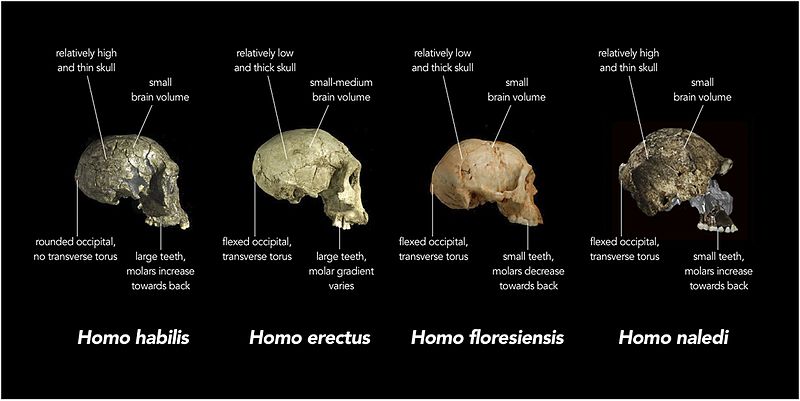Файл:Comparison of skull features of Homo naledi and other early human species.jpg
Перейти к навигации
Перейти к поиску

Размер этого предпросмотра: 800 × 401 пкс. Другие разрешения: 320 × 160 пкс | 640 × 321 пкс | 1024 × 513 пкс | 1280 × 641 пкс | 2560 × 1283 пкс | 4473 × 2241 пкс.
Исходный файл (4473 × 2241 пкс, размер файла: 382 КБ, MIME-тип: image/jpeg)
История файла
Нажмите на дату/время, чтобы посмотреть файл, который был загружен в тот момент.
| Дата/время | Миниатюра | Размеры | Участник | Примечание | |
|---|---|---|---|---|---|
| текущий | 00:58, 12 сентября 2015 |  | 4473 × 2241 (382 КБ) | Animalparty | User created page with UploadWizard |
Использование файла
Нет страниц, использующих этот файл.
Глобальное использование файла
Данный файл используется в следующих вики:
- Использование в arz.wikipedia.org
- Использование в ast.wikipedia.org
- Использование в az.wikipedia.org
- Использование в bg.wikipedia.org
- Использование в ca.wikipedia.org
- Использование в ceb.wikipedia.org
- Использование в de.wikipedia.org
- Использование в en.wikipedia.org
- Использование в es.wikipedia.org
- Использование в eu.wikipedia.org
- Использование в fr.wikipedia.org
- Использование в ga.wikipedia.org
- Использование в he.wikipedia.org
- Использование в hr.wikipedia.org
- Использование в ia.wikipedia.org
- Использование в id.wikipedia.org
- Использование в ja.wikipedia.org
- Использование в kab.wikipedia.org
- Использование в ka.wikipedia.org
- Использование в kn.wikipedia.org
- Использование в nl.wikipedia.org
- Использование в nn.wikipedia.org
- Использование в no.wikipedia.org
- Использование в oc.wikipedia.org
- Использование в pap.wikipedia.org
- Использование в pl.wikibooks.org
- Использование в pt.wikipedia.org
- Использование в ro.wikipedia.org
- Использование в simple.wikipedia.org
- Использование в species.wikimedia.org
- Использование в sv.wikipedia.org
- Использование в tr.wikipedia.org
- Использование в uk.wikipedia.org
- Использование в ur.wikipedia.org
- Использование в vi.wikipedia.org
- Использование в vls.wikipedia.org
- Использование в www.wikidata.org
